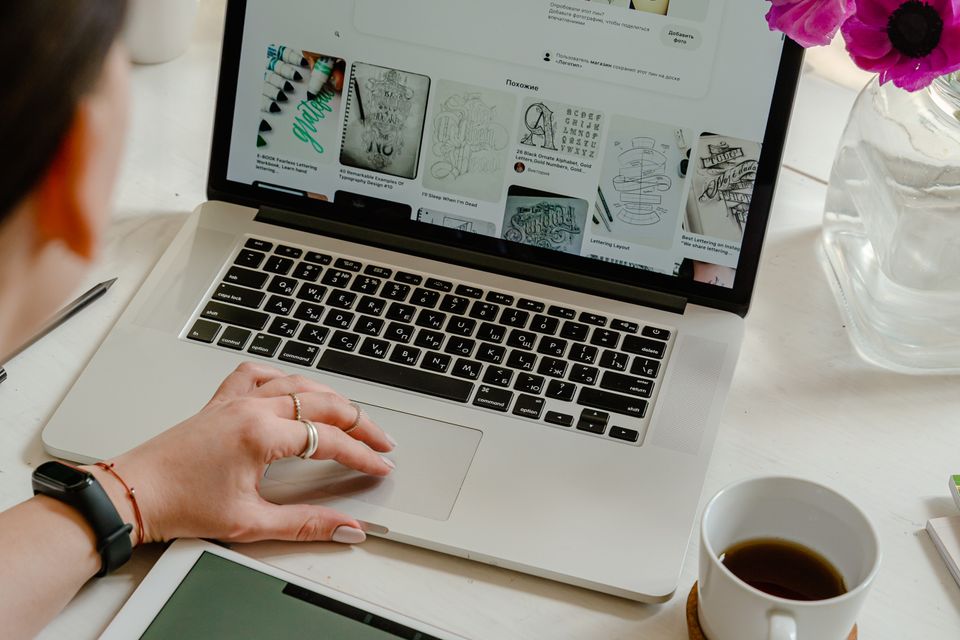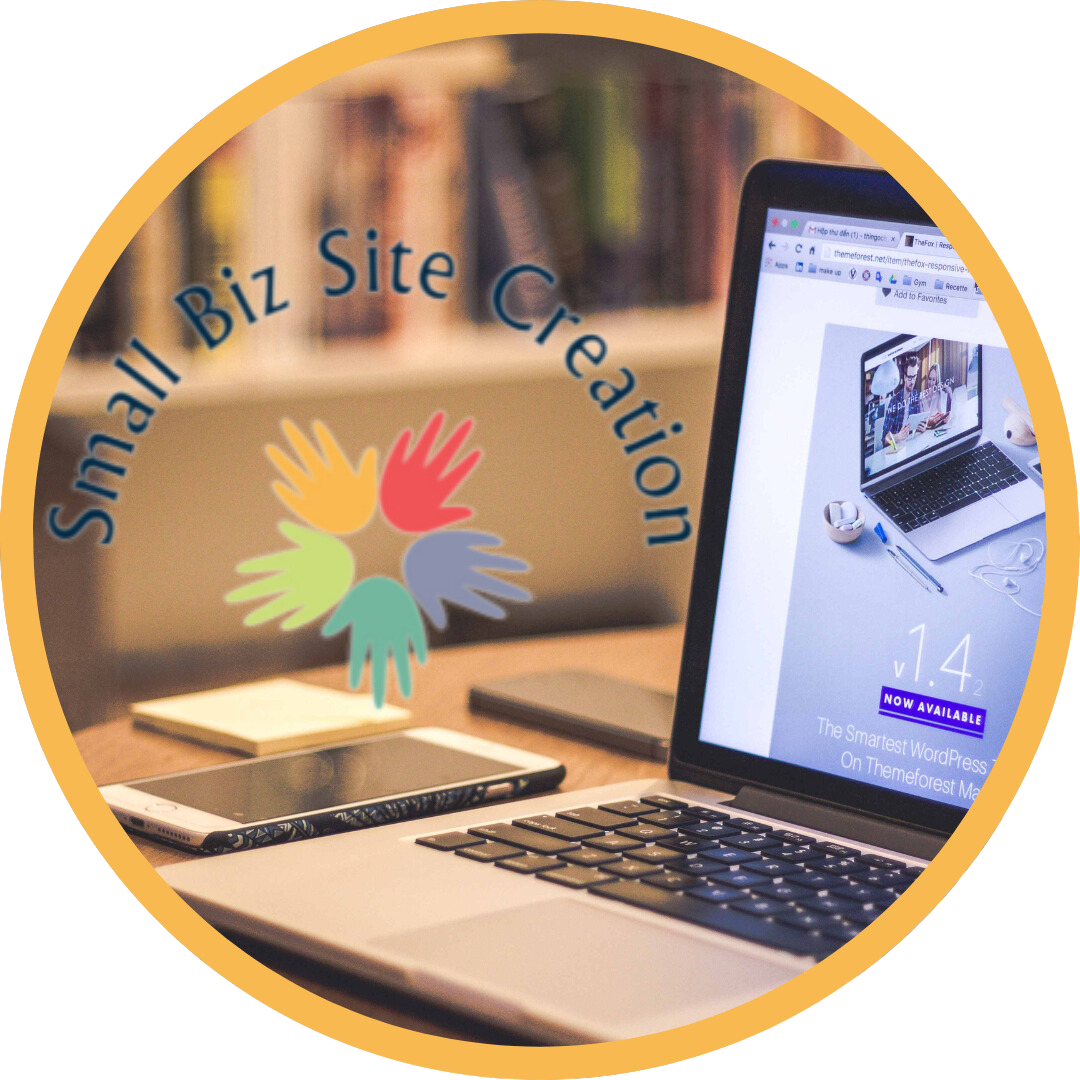Unleashing the Power of Graphics in Web Design
From Bland to BrilliantGraphics play a pivotal role in modern web design, as they enhance the overall user experience and communicate information more effectively than plain text. Incorporating graphics into web design brings numerous benefits, making websites more appealing, engaging, and memorable.
Below are some of the key advantages of using graphics in web design:1. Visual Appeal and BrandingOne of the primary benefits of using graphics in web design is the visual appeal they provide. Eye-catching images, illustrations, and icons can instantly capture visitors' attention and create a positive first impression. Additionally, well-designed graphics can convey the brand's personality and identity, helping to establish a strong brand presence online. Using consistent branding elements, such as a logo, color scheme, and typography, throughout the website ensures that visitors can easily identify and remember the brand. This fosters a sense of trust and familiarity, increasing the likelihood of repeat visits and conversions.2. Improved User ExperienceGraphics enhance the user experience by breaking up large blocks of text, making the content more digestible and easier to navigate. For instance, infographics can present complex information in a visually appealing and understandable way, which can improve comprehension and retention for users.
Furthermore, graphics can be used to guide users through the website's interface, highlighting essential elements and calls-to-action (CTAs). When used strategically, they can improve the overall flow and usability of the site, leading to higher engagement and lower bounce rates.3. Enhanced CommunicationA picture is worth a thousand words, and graphics excel at communicating information quickly and effectively. Whether it's a product image showcasing a physical item or an illustration demonstrating a process, graphics can convey messages more efficiently than lengthy paragraphs. Using icons and visual cues in navigation menus can help users understand the website's structure and find what they're looking for more easily. This simplifies the browsing experience and reduces the risk of users getting lost or frustrated.4. Increased Engagement and ShareabilityCompelling graphics have the power to evoke emotions and resonate with visitors, encouraging them to spend more time on the site. Engaging visuals, such as interactive elements or animations, can make the website more enjoyable and memorable, leaving a lasting impression on users.
Moreover, visually appealing content is more likely to be shared on social media platforms, extending the reach of the website and potentially attracting new visitors. Incorporating social sharing buttons in conjunction with graphics can facilitate this process and help the site gain traction in the online community.5. Search Engine Optimization (SEO) BenefitsGraphics can also contribute to improved search engine rankings when appropriately optimized. Image SEO involves providing descriptive alt tags, file names, and captions, which helps search engines understand the context of the graphics and their relevance to the content.
Additionally, engaging and shareable graphics can attract backlinks from other websites, which is a crucial factor in search engine algorithms. As a result, using high-quality graphics strategically can boost a website's SEO efforts and increase its visibility in search results.6. Storytelling and PersuasionGraphics can be powerful tools for storytelling and persuasion. When combined with compelling copywriting, graphics can create emotional connections with the audience and inspire action. They can showcase the benefits of a product or service in a visually appealing way, influencing potential customers' purchasing decisions.
For instance, testimonials accompanied by images of satisfied customers can reinforce the credibility and trustworthiness of a brand. Similarly, before-and-after graphics can demonstrate the effectiveness of a product or service, persuading users to take the desired action.7. Mobile-Friendly ExperienceWith the increasing prevalence of mobile browsing, graphics become even more critical in web design. Well-optimized images and graphics can load quickly on mobile devices, ensuring a seamless and pleasant user experience. By implementing responsive design principles, web designers can adapt graphics to different screen sizes, maintaining their visual appeal across various devices.8. Competitive AdvantageIn today's competitive online landscape, having a visually appealing website can set a business apart from its competitors. A well-designed website with high-quality graphics communicates professionalism, reliability, and dedication to user experience.
Brands that invest in thoughtful and aesthetically pleasing web design are more likely to leave a positive impression on visitors, leading to increased customer loyalty and repeat business.9. Accessibility and InclusivityGraphics can contribute to making websites more accessible and inclusive for all users. When utilized appropriately, alt tags can provide valuable context to visually impaired users who rely on screen readers. Providing captions or transcripts for multimedia content ensures that users with hearing impairments can also engage with the information being presented. Designing with accessibility in mind not only benefits users with disabilities but also contributes to a more user-friendly experience for all visitors.
In conclusion, incorporating graphics into web design offers a wide array of benefits, ranging from enhanced visual appeal and improved user experience to increased engagement and shareability.
Graphics can effectively communicate information, contribute to branding efforts, and even boost a website's search engine rankings.
Let us design a beautiful visually appealing website for your business. Contact us to find out more information.



